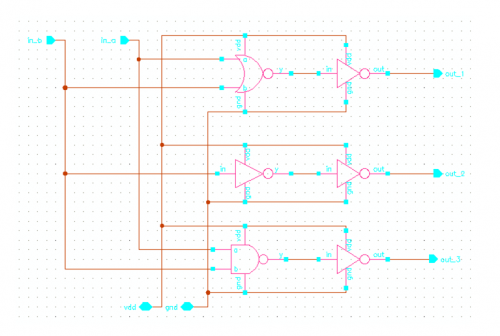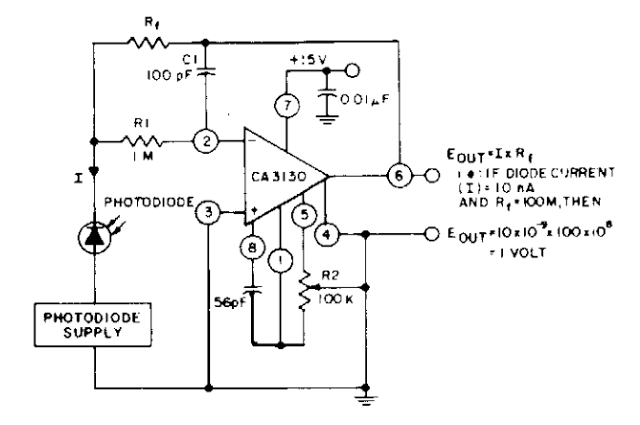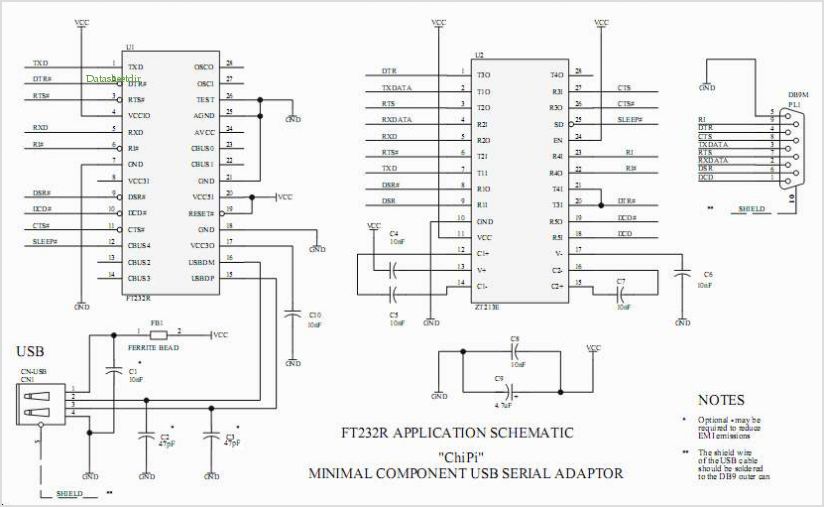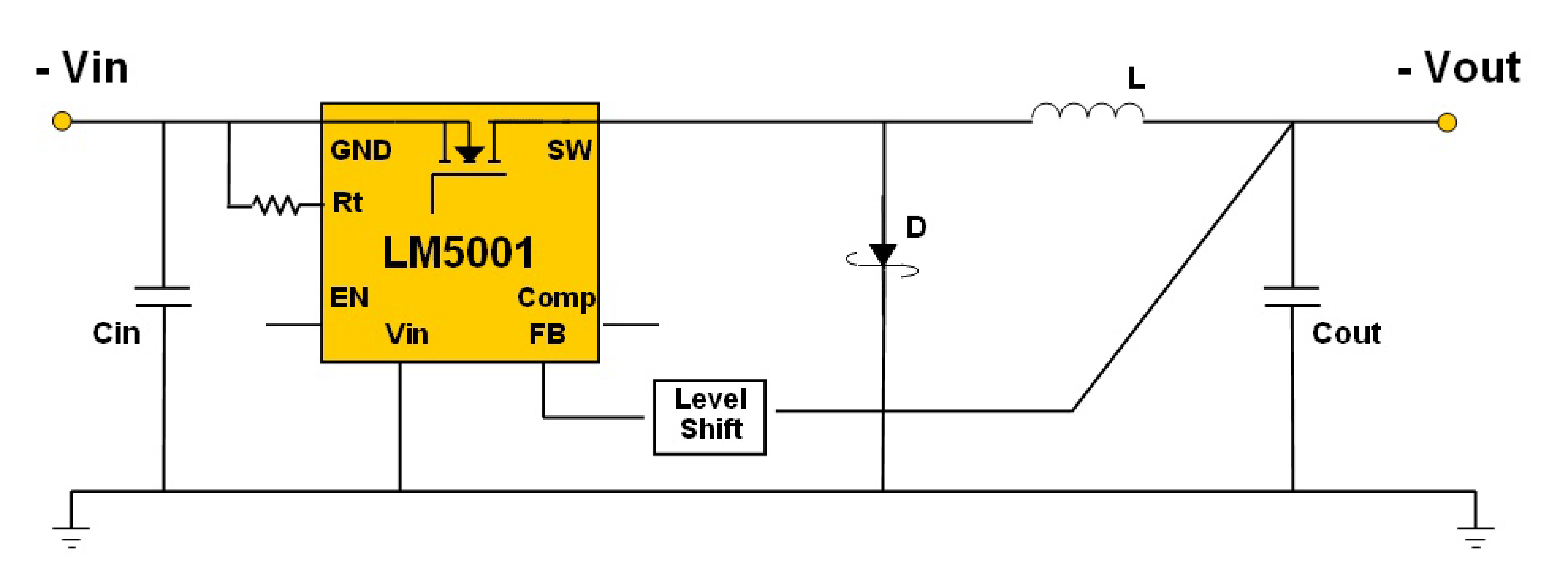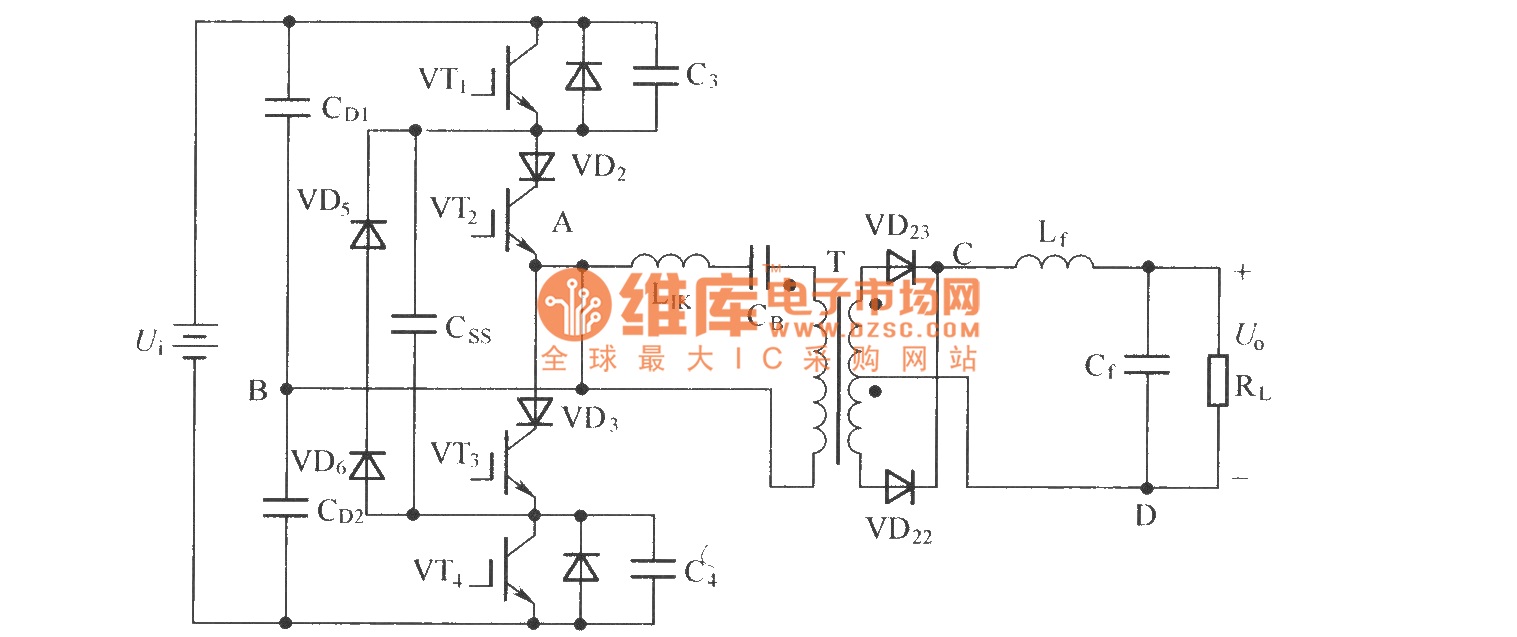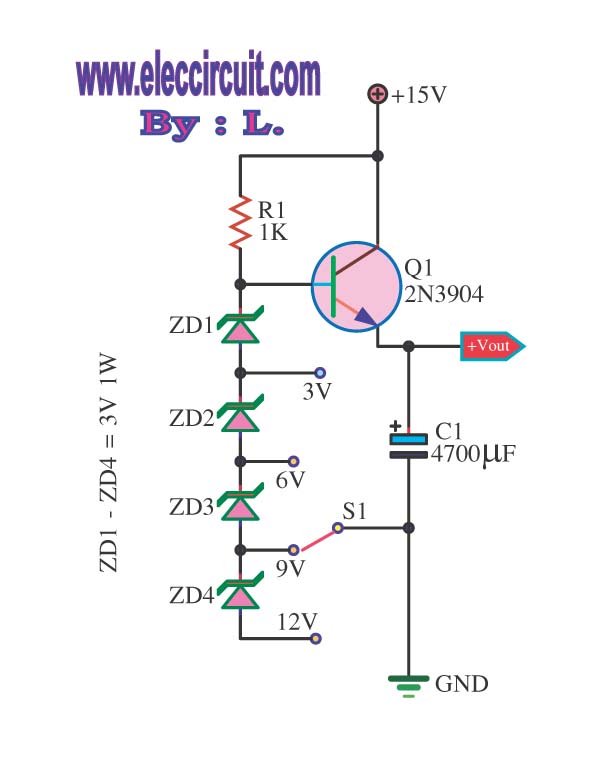
2Meter Converter
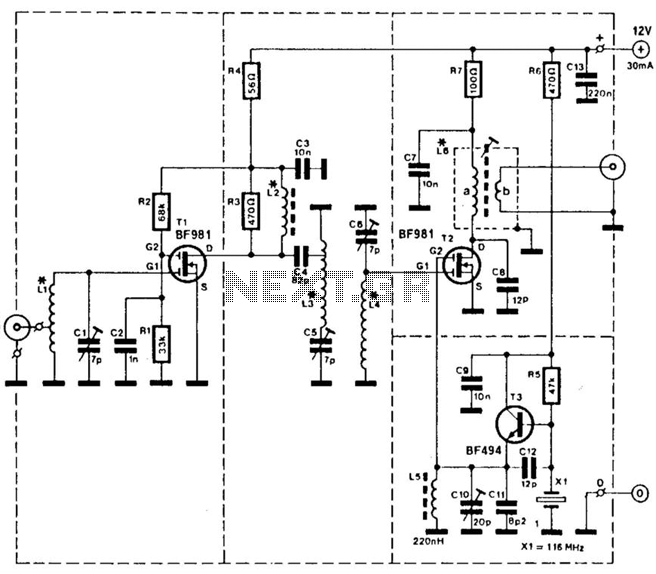
This converter allows a receiver that operates within the frequency range of 28 to 32 MHz to receive signals from the 144 to 148 MHz amateur band. It utilizes a BF981 dual-gate MOSFET to provide RF gain, which is then routed to mixer T2, another BF981. A 116-MHz crystal oscillator, designated as T3, is employed to supply local oscillator (L.O.) injection to T2. The coils are constructed on a 6-mm form; LI, L3, and L4 consist of 8 turns of 1-mm diameter silver-plated copper wire, while L2 features 4 turns of 0.2-mm wire wound through a ferrite lead. L6 comprises 19 turns on the primary side and 3 turns on the secondary side.
This converter circuit is designed to facilitate the reception of amateur radio signals within the specified frequency range by converting higher frequency signals to a lower intermediate frequency that can be processed by standard receivers. The BF981 dual-gate MOSFETs are key components in this design, providing essential RF amplification and ensuring that the signal strength is adequate for subsequent mixing processes.
The mixer, T2, receives the amplified RF signal from the first BF981 and combines it with the local oscillator signal generated by the 116-MHz crystal oscillator (T3). The choice of the crystal oscillator frequency is critical, as it determines the mixing frequency and impacts the overall performance of the receiver. The output from the mixer will be at a lower frequency that can be effectively processed by the receiver's demodulation circuitry.
The coils used in the circuit are meticulously designed to optimize performance. The use of silver-plated copper wire for LI, L3, and L4 enhances conductivity and minimizes losses, while the ferrite core in L2 helps to increase inductance in a compact form factor. The specific number of turns for each coil is calculated to achieve the desired inductance values, which are essential for tuning and filtering purposes in the circuit.
In summary, this converter circuit is a sophisticated design that leverages advanced components and precise coil configurations to enable the reception of amateur radio signals in the specified frequency range. The careful selection of materials and design parameters contributes to the overall efficiency and effectiveness of the receiver system. This converter enables a receiver that tunes 28 to 32 MHz to receive the 144- to 148-MHz amateur band. A BF981 dual-gate MOSFET provides RF gain and feeds mixer T2, another BF981. T3 is a 116-MHz crystal oscillator used to provide L.O. injection to T2. Coils are wound on a 6-mm form. LI, L3, and L4 are 8 turns of 1-mm diameter silver-plated copper wire. L2 is 4 turns of 0.2-mm wire through a ferrite lead. L6 has 19 turns on the primary and 3 turns on the secondary.
This converter circuit is designed to facilitate the reception of amateur radio signals within the specified frequency range by converting higher frequency signals to a lower intermediate frequency that can be processed by standard receivers. The BF981 dual-gate MOSFETs are key components in this design, providing essential RF amplification and ensuring that the signal strength is adequate for subsequent mixing processes.
The mixer, T2, receives the amplified RF signal from the first BF981 and combines it with the local oscillator signal generated by the 116-MHz crystal oscillator (T3). The choice of the crystal oscillator frequency is critical, as it determines the mixing frequency and impacts the overall performance of the receiver. The output from the mixer will be at a lower frequency that can be effectively processed by the receiver's demodulation circuitry.
The coils used in the circuit are meticulously designed to optimize performance. The use of silver-plated copper wire for LI, L3, and L4 enhances conductivity and minimizes losses, while the ferrite core in L2 helps to increase inductance in a compact form factor. The specific number of turns for each coil is calculated to achieve the desired inductance values, which are essential for tuning and filtering purposes in the circuit.
In summary, this converter circuit is a sophisticated design that leverages advanced components and precise coil configurations to enable the reception of amateur radio signals in the specified frequency range. The careful selection of materials and design parameters contributes to the overall efficiency and effectiveness of the receiver system. This converter enables a receiver that tunes 28 to 32 MHz to receive the 144- to 148-MHz amateur band. A BF981 dual-gate MOSFET provides RF gain and feeds mixer T2, another BF981. T3 is a 116-MHz crystal oscillator used to provide L.O. injection to T2. Coils are wound on a 6-mm form. LI, L3, and L4 are 8 turns of 1-mm diameter silver-plated copper wire. L2 is 4 turns of 0.2-mm wire through a ferrite lead. L6 has 19 turns on the primary and 3 turns on the secondary.
